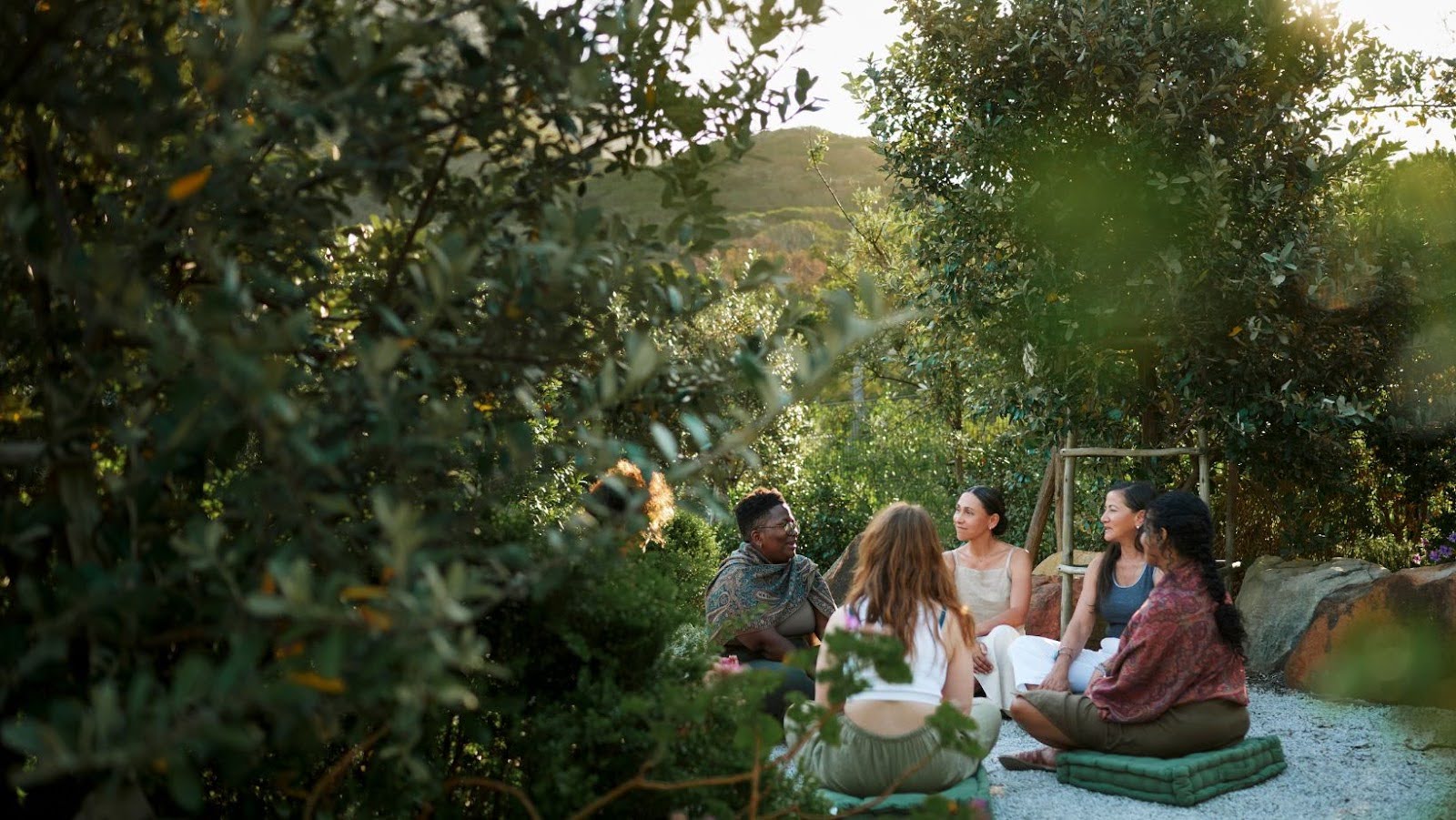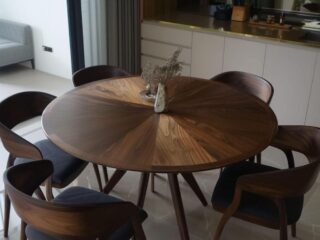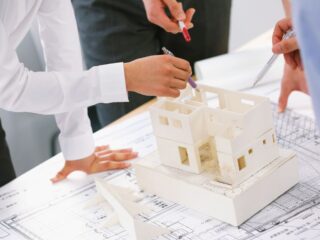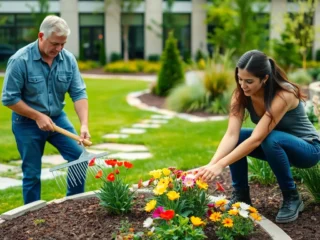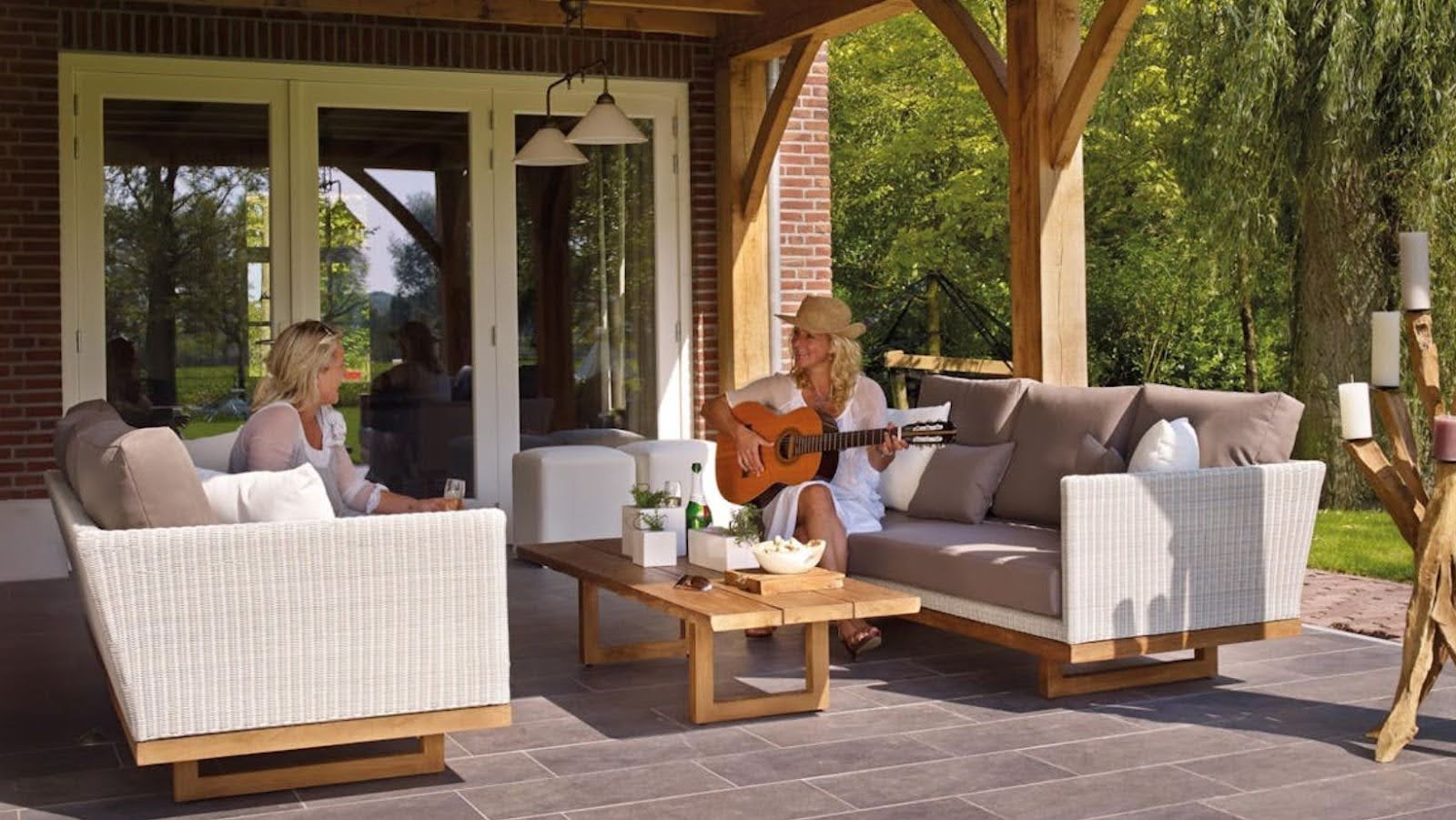
You’re missing out if you’re not turning your outdoor area into an organic addition to your interior. The goal of the expanding backyard hideaway trend is to flawlessly blend indoor and outdoor spaces—combining the cosiness of your living area with the peace and quiet of the outdoors. Design a functional, attractive, and long-lasting space that improves your ability to unwind, host, and live.
Whether you’re covering your outdoor kitchen, replacing your deck, or laying new pavers, every little element contributes to the ideal flow. The key to this fusion’s success is how you combine indoor and outdoor materials, textures, and layouts.
The Rise of Interior-Outdoor Living
You possess the resources and capabilities to make outdoor spaces feel like a part of the main house rather than seeing them as standalone spaces. Besides adding visual coherence, this fusion increases the value and living standards of your house.
More significantly, it represents how people actually wish to live: comfortably in touch with nature. You spend more time in your backyard when it feels like an extension of your house, which creates new spaces for working, dining, and even lounging in a setting that strikes a balance between comfort and the outdoors.
Creating this flow encourages better use of space and makes your exterior just as important as your interior. You also reduce the friction of switching environments, making your home feel more fluid.
Flooring That Bridges Both Worlds
The right flooring connects spaces visually and physically. Porcelain pavers, composite decking, and concrete-look tiles provide both resilience and style.
Choose textures and colors that reflect your interior floors to strengthen the sense of unity. Durable finishes also mean less upkeep, especially in high-use zones.
Matching Tones and Textures
Visual continuity matters, especially with materials like wood, stone, and tile. Matching your color palette across your kitchen, patio, and even garden beds brings harmony to your retreat. Consistent material choices reduce visual noise and make small spaces feel larger. This design approach works especially well in homes with large sliding doors or bi-fold systems.
Choosing Durable and Stylish Outdoor Flooring
Although not all materials are suitable for both indoor and outdoor applications, recent product advancements have made these distinctions less clear—you can achieve year-round comfort, durability, and design with the correct flooring.
Many homeowners choose outdoor vinyl flooring as a durable, cost-effective option that complements both modern and traditional aesthetics while offering easy upkeep. Material selection should account for climate, foot traffic, and maintenance preferences.
Vinyl Flooring
For homeowners looking to strike a balance between cost, durability, and beauty, outdoor vinyl flooring has emerged as a wise option. Vinyl provides a softer surface underfoot than conventional wood or stone, and it is available in a wide range of designs, from planks that resemble wood to patterns that are inspired by stone.
- It’s waterproof, UV-resistant, and performs well in fluctuating temperatures, making it suitable for everything from open patios to enclosed porches.
- It’s low-maintenance and adaptable to both minimalist and rustic outdoor designs.
Composite Decking for Modern Retreats
Because it combines the natural appearance of wood with exceptional resilience to moisture, UV radiation, and high foot traffic, composite decking is popular for a reason. It complements modern interior finishes and is simple to maintain.
There are many different tone selections available, ranging from cool greys to warm browns. Additionally, it is non-slip, making it perfect for outdoor showers and pools.
Porcelain Tiles for Seamless Elegance
Porcelain tiles have evolved beyond bathrooms. Matte finishes and wood-look designs work beautifully in outdoor settings. Because they resist fading and staining, they’re a smart pick for high-traffic areas like patios or covered lounges. Many brands now offer indoor-outdoor tile collections, which simplifies coordination.
- Available in a wide range of finishes and patterns
- Low maintenance and easy to clean
- Frost-resistant and fade-resistant for long-term use
- Slip-rated options available for safer outdoor movement
Concrete Finishes for Industrial Charm
If you’re drawn to a modern industrial look, consider smooth or stamped concrete. It can echo your interior kitchen or dining room floors while offering easy maintenance. With the right sealant, concrete becomes a slip-resistant, stylish base. It’s also one of the most customizable options through stains, scoring, and embedded patterns.
Siding Choices That Match Indoor Aesthetics
Your siding should work as a design element that frames your outdoor retreat with modern siding materials allowing for more nuanced color and texture matching than before.
Fiber cement siding holds up against extreme weather while mimicking wood, stone, or panel textures. It’s a favorite for homeowners wanting to echo modern indoor wall finishes outside. You can color-match to your interior trim or cabinetry for a smooth transition. Plus, it’s non-combustible and adds an extra layer of safety to your home.
Wood-Look Siding Without the Upkeep
If you love the look of wood but not the maintenance, engineered wood or wood-look vinyl is a practical option. These siding types stay vibrant longer and resist insects, mold, and rot. They help carry indoor wood aesthetics outdoors without adding extra chores to your week. Newer finishes also resist warping and peeling better than older versions.
Metal Accents for Contemporary Contrast
Add metal panels or trim to contrast warm materials like wood or stone. A matte black or corten steel finish can elevate a rustic or modern outdoor kitchen. These details give structure and sophistication to your retreat. Use them selectively around door frames, posts, or as accent stripes across large walls.
Blending Comfort and Function in Outdoor Living Spaces
Flooring and siding, along with quality landscaping, are foundational, but the final layer comes from how you furnish and zone your space. These finishing touches bring the whole design together.
Think of your outdoor area as a multi-use space. Create separate areas for dining, lounging, and cooking by using different flooring types or subtle changes in elevation. This organization mirrors how rooms are arranged inside your home. You can even use planters, rugs, or pergolas to separate areas visually.
Use cushions, rugs, and seating designed for outdoor use but styled like interior decor. Neutral tones and textured fabrics make your backyard feel like a true living room, just without the walls. Performance fabrics now look and feel like indoor textiles while resisting water and UV rays.
Outdoor Accessories That Add Comfort:
- Fade-resistant area rugs in soft, neutral hues
- Quick-dry cushions in linen-look fabric
- All-weather coffee tables with hidden storage
- Portable fire pits for warmth and ambiance
Lighting for Mood and Movement
Pathway lights, wall sconces, and under-counter LED strips help guide movement and create ambiance.
Choose fixtures that complement your interior style—like brushed brass or matte black—for consistency. Solar options and smart lighting systems allow for energy savings and remote control.
Practical Tips for a Cohesive Interior-Exterior Design
You’ll want your outdoor retreat to feel like it belongs there, not an afterthought. Think about flow, maintenance, and long-term satisfaction before committing to a design.
Stand inside your home and look out. What do you see through your windows and doors? Use that as your guide for color palette and layout to get consistency between spaces. A consistent view adds perceived value and invites more frequent outdoor use.
Choose two or three core materials and a single color family that flows between inside and out to eliminate visual clutter and create a calm, curated look.
Pick materials that are easy to clean and maintain throughout the seasons. Durability is just as important as appearance when it comes to long-term satisfaction. Plan annual touch-ups or sealant refreshes where needed.
Conclusion
By bringing your interior sensibility outside, your backyard may make your space feel better and work harder. Since they give your outdoor space the framework on which everything else is built, flooring and siding are two of the most crucial expenditures you can make to make sure it is both livable and long-lasting.
Your backyard can be one that functions as well as your kitchen or living room by emphasising continuity, comfort, and functionality. The design of your complete house is improved when you use materials that combine the external and internal spaces.


